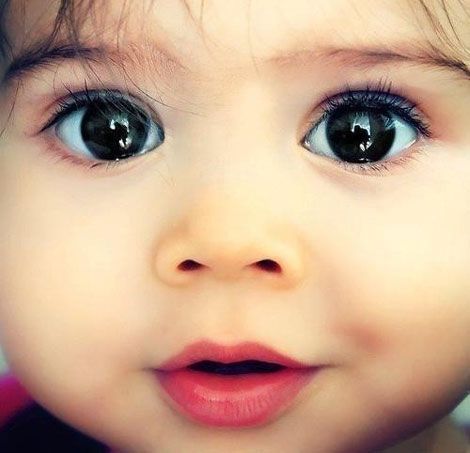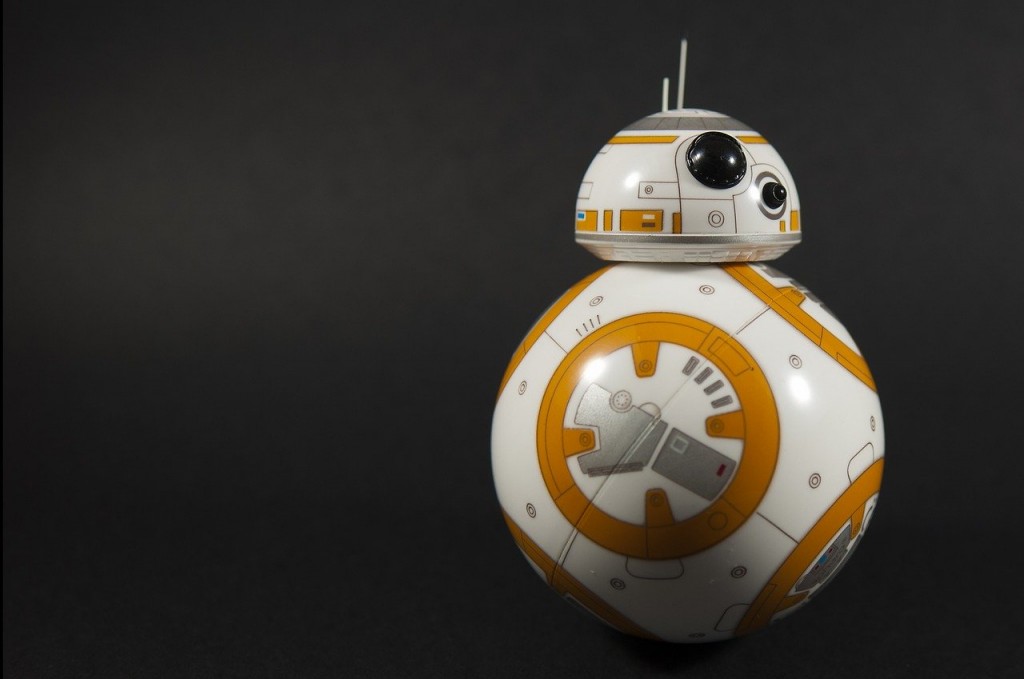Table of Contents (click to expand)
There are actually some traits that babies possess that automatically trigger our brains into feeling a sense of joy. According to an Austrian ethologist, the cuteness traits include a large, rounded head, big eyes and a few others.
Babies. Just hearing the word makes us want to cuddle those adorable little infants. They’re cuteness is potent, they can calm any anger, and allay any sadness. As they grow older, their faces change and we no longer feel the overwhelming urge to cuddle and care for them. This raises some scientific questions: are babies meant to be cute? Are we hardwired by nature to find them adorable? Or is there something more to it?
Kindchenschema: The Cuteness Traits:
All babies have a few things in common: a large, rounded head, a big forehead, large eyes, chubby cheeks, a rounded body and soft, elastic skin.

This is the Kindchenschema or “Baby Schema” or “cuteness traits”. Konrad Lorenz, an Austrian ethologist (ethology is the study of animal behavior) proposed kinderschema in 1943 to explain why we find babies cute. According to Lorenz, this is an evolutionary tactic to get us to take care of babies that can’t otherwise do anything for themselves. In fact, the kinderschema works on more than just babies.
Baby animals: kittens, puppies, koalas or chicks, fictional characters like Mickey Mouse or BB-8 from Star Wars all fall inside this cuteness spectrum. Take BB-8, for example. It has everything that Lorenz would call cute–a large round head that is large in proportion to its larger round body, along with big round eyes. All this roundness makes BB-8 look irresistibly chubby. BB-8 is so cute that its $149 figure sold out in less than 15 minutes on Amazon.
What’s The Point Of This Cuteness?
This cuteness is all thanks to evolution. In 2009, researchers at the University of Pennsylvania put Lorenz’s Kindchenschema to the experimental test for the first time. They asked 122 undergraduate students to rate the cuteness of infants. The researchers found that the cuter the undergrads rated the infant, the more they wanted to care for the infant.

Lorenz’s evolutionary explanation fits here. These features of cuteness make adults and children want to care for babies. It isn’t only an emotional ‘awwwwwww’, but a physical urge to protect and nurture. Our bodies appear to be hardwired to respond affectionately to cuteness.
That makes sense because, without adult caretakers, babies wouldn’t make it into adulthood. Human babies are especially vulnerable, as compared to many other animals, since they require care for a much longer time. Human babies learn to walk when they are a year or so old, while many other animals, like foals, are up on their feet mere hours after birth. Human babies need their mother’s milk for up to the first two years of their lives, while kittens need to be weaned by their mother for only one month, at least.
Without this cuteness, I doubt any of us would want to take care of babies. They are a bit disgusting, with all the pooping, spitting up, and other bodily fluid spurting out uncontrolled and without warning. They don’t make good conversation partners because they can’t talk yet. They can’t cook, clean, hunt, or gather food. To ensure that the future of the species remains secure, babies evolved cuteness.
When and how cuteness and other such traits, like hair or a lack of it, rolls of chins or crying, evolved is challenging to study. Evolutionary biologists look for genetic or epigenetic clues to figure out how a trait evolved. Was it a byproduct of another trait evolving, a spandrel, or was it a random mutation or genetic recombination event that turned out to be useful? For cuteness, we don’t know how our genes control infant face structure or why we want to nurture cute things.
Also Read: Are We Born With Emotions Or Do We Learn Them Later?
Cuteness Changes Us
There is a fair amount of research showing that our bodies respond to cuteness through measurable physiological changes. In ethology, this phenomenon is called ‘innate releasing mechanisms’, an instinct (like cuddling a baby) that is hardwired into an organism’s neural networks. A 2016 review set out to understand how the brain responds to cuteness, not only in terms of a baby’s appearance, but also related to infant’s voices and gestures. Research shows that babies and childbirth can change both parents’ brains. For non-parents too, certain neurological pathways are activated in the presence of babies or anything that follows the ‘baby schema’ (like BB-8).

Infant cuteness can drive people to more empathy and might even have implications for our moral behavior. The compelling image of a three-year-old Syrian refugee in 2015 changed the outlook of the refugee crisis for many. It made people wake up to the crisis at hand, all because of an image of an infant in distress. Such responses are powerful.
However, not all of us respond to cuteness with the same intensity. Research has shown that women are more sensitive to cuteness than men, but not by a large margin. A 2009 study recorded how women and men in different age groups responded to cute or not-cute photos. They found that women in their prime birth-giving years–19 to 26 years old, were the most sensitive to cuteness, while post-menopausal women (51+ years of age) were the least sensitive.
This also reveals a hormonal link to our response to cuteness, and seems to support the caregiver hypothesis. Young women’s bodies are biologically ready for childbirth and rearing, so it would make sense to be more responsive to a baby’s charm. However, to what extent this is biological or a learned cultural response hasn’t fully been studied. Many women have reported not finding babies cute at all, yet they find many other conventionally cute things cute. This challenges the ‘‘hardwired’ to take care of babies hypothesis.
Next time you see an adorable baby and struggle to keep a smile off your face, just remember why. To keep the cuteness factor high, let’s all take care of the little ones whenever we can and keep them from any harm.
Also Read: Do Babies Understand Physical Cues From Parents In Their Early Years?
How well do you understand the article above!

References (click to expand)
- Glocker, M. L., Langleben, D. D., Ruparel, K., Loughead, J. W., Gur, R. C., & Sachser, N. (2009, March). Baby Schema in Infant Faces Induces Cuteness Perception and Motivation for Caretaking in Adults. Ethology. Wiley.
- Why Do We Find Things Cute? | SiOWfa15 - Sites at Penn State. The Pennsylvania State University
- Kringelbach, M. L., Stark, E. A., Alexander, C., Bornstein, M. H., & Stein, A. (2016, July). On Cuteness: Unlocking the Parental Brain and Beyond. Trends in Cognitive Sciences. Elsevier BV.
- Little, A. C. (2012, July 6). Manipulation of Infant-Like Traits Affects Perceived Cuteness of Infant, Adult and Cat Faces. (L. Fusani, Ed.), Ethology. Wiley.
- Gould, S. J. (2008). A Biological Homage to Mickey Mouse. Ecotone. Project Muse.
- Sprengelmeyer, R., Perrett, D. I., Fagan, E. C., Cornwell, R. E., Lobmaier, J. S., Sprengelmeyer, A., … Young, A. W. (2009, February). The Cutest Little Baby Face. Psychological Science. SAGE Publications.
